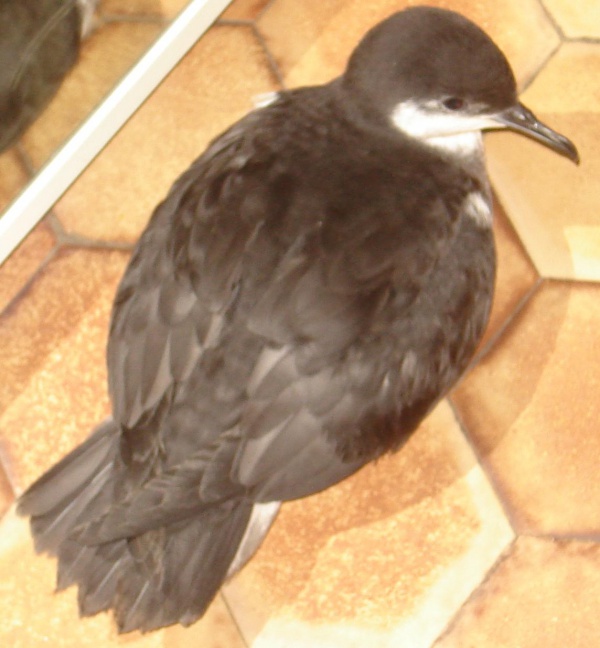Facts About Audubon's shearwater
Audubon's shearwater, also known as the dusky-backed shearwater, is an enchanting tropical seabird from the petrel family. Named after the French naturalist Félix Louis L'Herminier, this bird's various populations are referred to by different names: Baillon's shearwater, tropical shearwater, Bannerman's shearwater, Mascarene shearwater, and Persian shearwater. There is ongoing debate among ornithologists about whether these are distinct species, making Audubon's shearwaters part of a cryptic species complex.
These small shearwaters are approximately 30 cm in length, with black upperparts and white underparts, rendering them difficult to distinguish from other shearwater species at first glance. Their diet mainly comprises small fish, squid, and planktonic crustaceans found in various marine environments. These birds nest in colonies, with both parents taking turns incubating their single egg and feeding the chick until it is ready to fledge.
The taxonomy of Audubon's shearwater is intricate, with around ten recognized subspecies. They inhabit regions across the Indian Ocean, the Pacific, the Caribbean, and parts of the eastern Atlantic. While some populations are vulnerable, the species as a whole is not considered globally threatened.
The classification of Audubon's shearwater is complex, as they belong to the Puffinus sensu stricto group of shearwaters. Unresolved questions persist regarding the classification of subspecies and whether some may actually be separate species. Researchers rely on a combination of morphological, genetic, and geographical data to address these uncertainties, but the debate continues.

 Venezuela
Venezuela